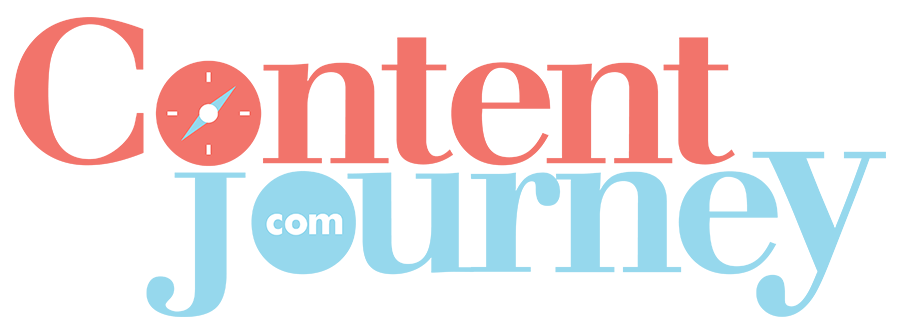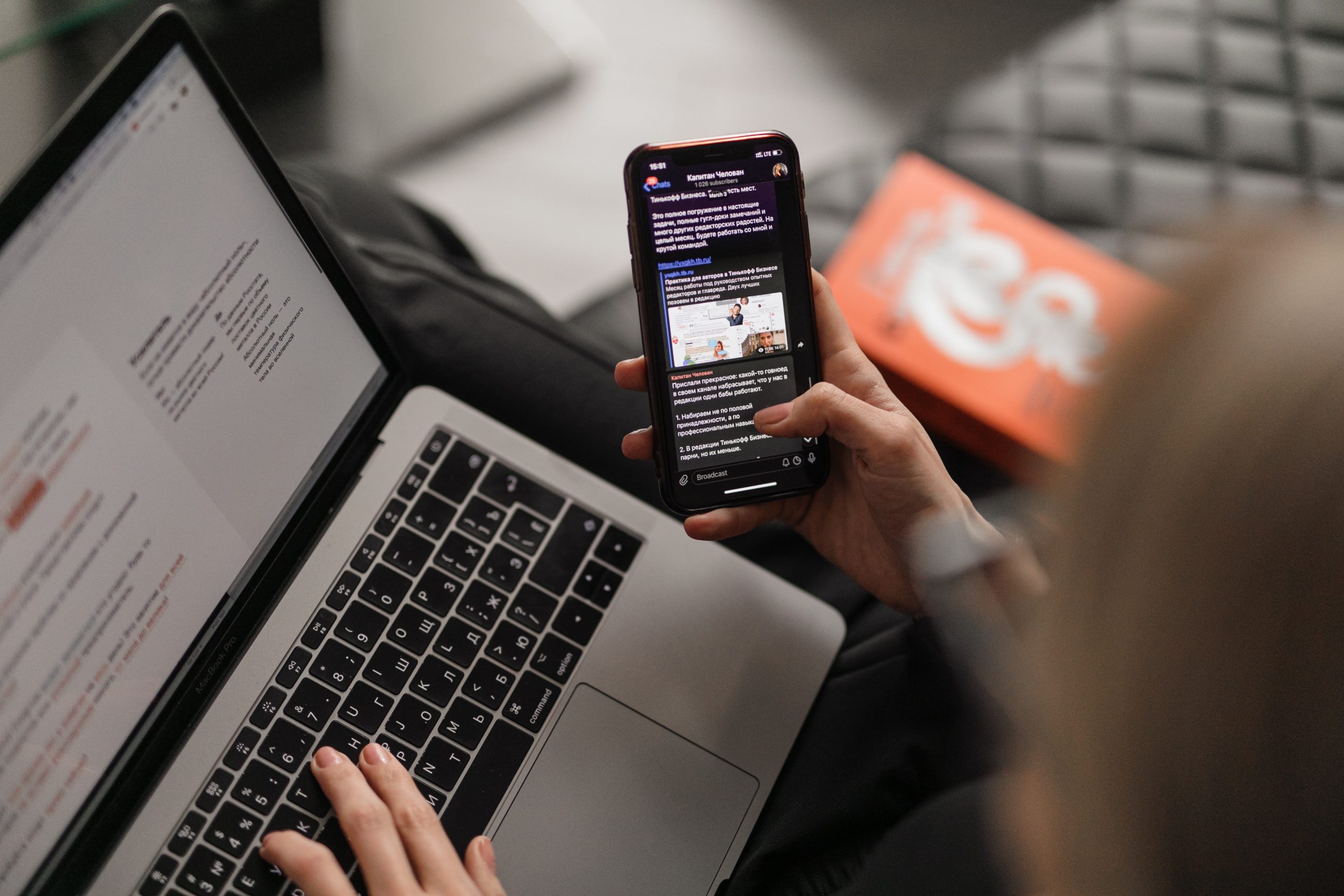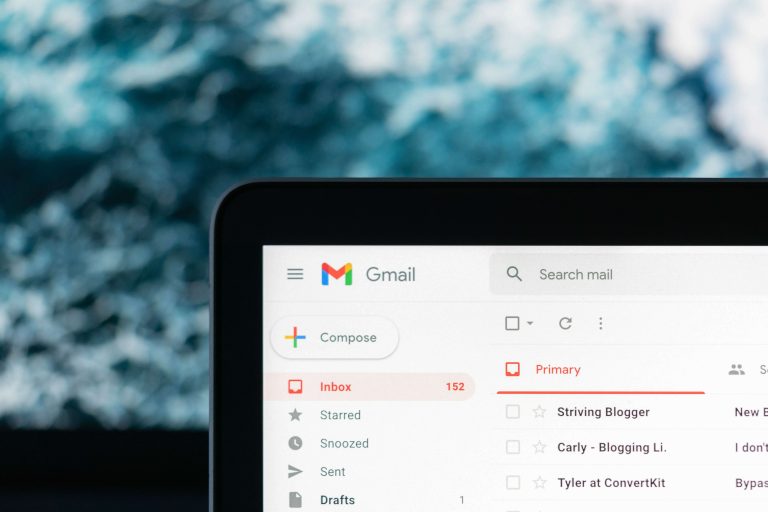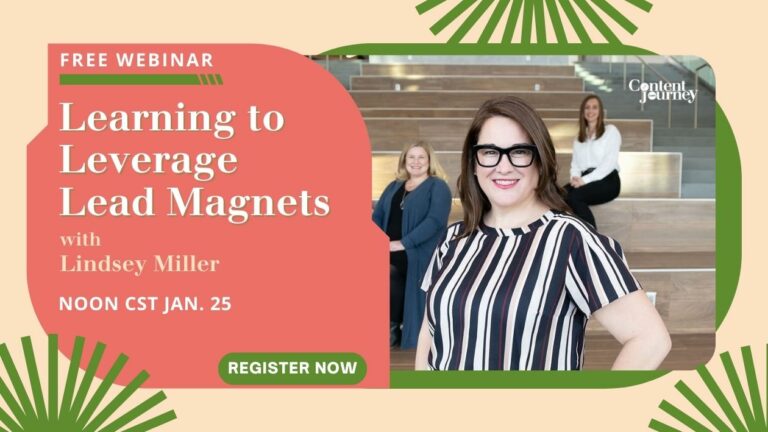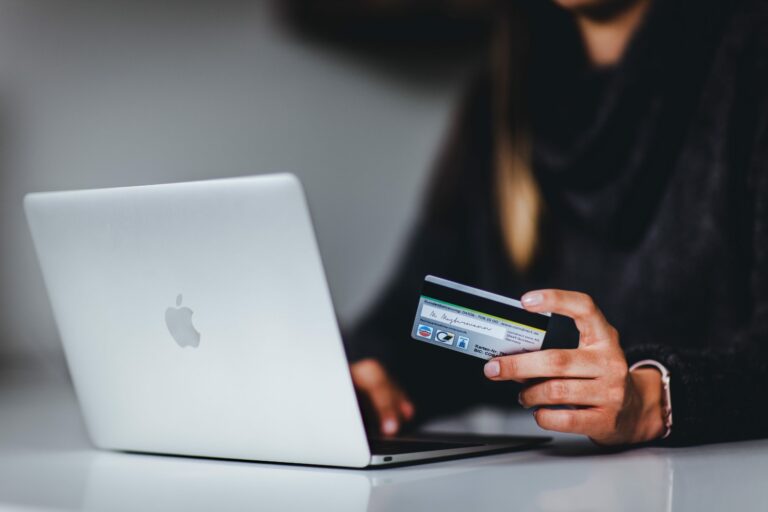How to Create an Email Newsletter
Email newsletters are affordable, eco-friendly advertising that help you build relationships with your customers. Knowing how to create an email newsletter is crucial for any content marketing strategy. But before you hit send on that first campaign, you need to define your newsletter’s goal and content distribution plan.
In this post, you’ll learn all about newsletters, why marketers love them, and what you should include in them.
What is the Purpose of a Newsletter?
You’ve probably heard that email newsletters are great for marketing your business, but you may wonder what you should send to your subscribers. Should you just send information about products and services or sales you’re having?
The primary purpose of a newsletter is to educate and entertain your subscribers. So you can share more about what you do and how you do it. You can send information about your products, services, or sales, but receiving a newsletter should feel like a fun update, not an aggressive sales tactic. Focus on sending valuable content to your readers, and you’ll be able to create a newsletter your subscribers enjoy.
While your newsletter is a way to keep in touch with your customers, it’s also a way to encourage them to take action. Including calls to action in your newsletters ensures your subscribers engage with your content. Want to learn more about CTAs and see some great examples? Check out our post on CTA Best Practices with 9 Excellent Examples.
Your newsletter will be as unique as your business, so the calls to action you put in your newsletter are entirely up to you. The important thing to remember is that a newsletter is an opportunity for your subscribers to learn more about your business and build an even deeper connection.
How Effective are Email Newsletters?
Email marketing allows you to stay in touch with your subscribers in a way other marketing channels don’t. With social media, you must fight the algorithm to ensure people see your message. With blog posts, you have to cater to Google to make sure your posts appear in searches. Newsletters cut out the middle man.
Newsletters allow you to communicate directly with audience members who asked for your messages. And even if you want to move your newsletter to a new email marketing platform, you can take your subscribers with you. But that’s not the only newsletter benefit. For every dollar spent on email marketing, you’ll get a $36 return on average – more than any other channel, and 49% of consumers are happy to receive promotional emails from brands they love.

How to Create an Email Newsletter
Starting a newsletter is easier than you may think. Following these steps will help make your newsletter launch a success.
Define Your Newsletter’s Goal
Before you start collecting email addresses and planning your newsletter content, take some time to define the goal of your newsletter. What do you want to get from the effort? That will help you create a strategy and a content plan to ensure you meet that goal.
Newsletters can help you drive traffic to your blog or website, generate leads, promote new offerings, or even help you get more subscribers. When you figure out what you want from your newsletter, then you need to find the metrics you’ll track to determine your email marketing success. Most, if not all, email platforms will help you track email open rates and link clicks. But you can also track other metrics, like how many people reply to your messages.
Make a Content and Distribution Plan
Your newsletter distribution plan is essential for a lot of reasons. For one, it helps you stick to specific topics, so your newsletters feel cohesive and on-brand. This focus enables you to plan content to write your newsletters ahead of time. But most importantly, this plan helps you determine how often you’ll send your newsletters, which is the schedule your subscribers will come to expect from you.
How often should you send a newsletter? Research suggests that weekly distribution is the sweet spot, although up to twice a week is acceptable, and once a month also is fine. You must consider what your customers want, need, and expect from your business. You can always start out once a month and increase the frequency if your audience wants more content.
To make your distribution and content plan, think about what your customers need from you. What kinds of information will help them understand more about what you do? Will you include links to blog posts or videos? Knowing the content you want to include will help you plan future newsletters.
Gather Emails and Create your List
There are many ways you can gather email addresses. Website popups, checkboxes customers select at checkout, or calls to action on social media are great ways to encourage people to subscribe to your newsletter. But the best way is to offer something special for those who sign up.
Whether you call it a freebie or a lead magnet, the best way to get subscribers is to offer them something in exchange for signing up. You can create an e-book, a special PDF guide, a discount code for your products or services, or whatever makes sense for your business. This little gift to your subscribers will maximize signups, and your customers will be eager to subscribe if they also get something out of the deal.
Choose a Platform
You’ll need a platform to deliver your email to your clients. It makes your newsletter look professional and keeps you on the right side of the law. Your subscribers must have a way to unsubscribe from your newsletter (which is legally required), and all email marketing platforms have that feature.
When you’re choosing a platform, think about how you want your newsletter to look and what features you need. There are many options, with new platforms popping up seemingly every day. All options will send your email to your subscribers. But some services have more features than others, and some cost a lot more than others.
Email platform options:
- ActiveCampaign. We use ActiveCampaign here at Content Journey and love its simple design and duplication options. It also has a ton of integrations to choose from. The only problem with the platform is that there’s no free version, so it may not be suitable for everyone.
- MailChimp. Everyone has heard of MailChimp, and for good reason. They’ve been around for a while and consistently improve and upgrade offerings.
- Beehiiv. Beehiiv is a newer platform that allows you to monetize your subscriptions. It comes with tools to help you build your audience and an ad network so you can find sponsors for your newsletter.
- MailerLite. If you’re new to the newsletter world, MailerLite is a great option. It has many features, but the intuitive design makes it ideal for newsletter newbies.
- Substack. Substack is another platform that allows you to monetize your subscriptions. It’s also a platform that allows your newsletter content to be found in Google searches.
Create a Template
Once you’ve chosen your platform, it’s time to create a template for your newsletters. This template allows you to give your newsletter a cohesive look, and you can even add your company logo to make it branded for your business. Most newsletter platforms come with built-in templates, but you can customize those or create your own to better fit what you plan to send to your subscribers.
When creating your template, make sure you include all the things you don’t want to manually add repeatedly, including headers and your email signature. If you want your newsletter to have a special name, you can even create a graphic for that title and use it in each edition you send.
What Should an Email Newsletter Include?
Your newsletter is unique to your business, so you can include whatever you’d like. And once you get started, your newsletter will likely evolve. You’ll hit your stride and figure out what content resonates with your audience.
Some things you can include in a newsletter:
- Content Digests. If you keep a blog or YouTube channel, sending links to your content in newsletters is a great way to get more eyes on it. You could even include links in important social media posts you want to make sure your audience sees.
- In-depth Guides or E-books. Newsletters are a great way to distribute helpful information to your subscribers, especially when that information is a downloadable item. Additionally, these can double as lead magnets to attract new subscribers.
- Case Studies and Testimonials. Sharing what customers have to say about your services or what you’ve been able to do for them is not only great advertising but also good newsletter content.
- Upcoming Sales, Promotions, and Deals. If you have a sale coming up or a special offer, put it in your newsletter. People who know about sales or deals are more likely to budget for them and take you up on your offer.
- Industry Tips and News. If something is happening in your industry or you have a unique bit of information that could help your subscribers, share it.
- Curated Resource Links. If you receive a lot of questions from your customers, they’ll appreciate you finding and sharing resources to answer them. Find trustworthy sources and curate a list of helpful resources for them.
- Announcements. If you have an event upcoming, like a webinar or in-person presentation, let your audience know in your newsletter. It’s also helpful to inform them about other industry-related happenings outside your organization, including job announcements, if that fits your brand.
No matter what you choose to send to your subscribers, remember that your newsletter’s purpose is to provide your subscribers with valuable information. Make sure you’re staying true to your newsletter’s goal with the content you send.
How Long Should Email Newsletters Be?
You may feel like you need to write thousands of words to provide the sort of valuable content your subscribers deserve. But a newsletter doesn’t have to be long. In fact, it shouldn’t be.
Think about your email inbox. You’re probably inundated with emails every day, and it’s unlikely you read them all. You probably skim the contents of most emails before clicking a link or deleting it entirely.
So, feel free to keep it short. Research suggests about 20 lines of text (about 200 words) with three or fewer images will result in the highest click-through rates from subscribers. Of course, that click-through rate isn’t guaranteed, and you should say what you need to say in the email and include the necessary images, regardless of word count.
Over time, you’ll find the email length your subscribers respond best to. But until you have a backlog of newsletters with subscriber data, keeping that 200-word mark in mind could help you create more direct, concise content that’s more likely to be read by your audience.
Ready to Create Your Newsletter?
Newsletters are an affordable and effective way to build relationships and stay connected with customers. Those customers then keep your brand top of mind and will likely recommend it to others. Could your business benefit from a newsletter? Book a call today to see how Content Journey can help you create a newsletter to help your business grow.
